The Main Line
"I am the Rolls-Royce of the fashion trade," says Manhattan's Mainbocher, and it is a simple statement of fact. At 72, the short, round little man with the synthetic name can boast that his clothes are the most carefully made, the slowest to change, and among the most expensive in the world. If the upper-class look characterizes the lines of both Mainbocher and Balenciaga, "Main's" clothes look like older money.
Mainbocher is also the great loner. He disregards the feverish pitch of the Paris houses and shows his collections at his own dignified pace (his butler serves ice water instead of champagne). Last week two audiences—one of society women and one of fashion pros, both as carefully hand-picked as the members of a royal wedding—were admitted to the off-white salon on Fifth Avenue, sat reverently on couches and little blue chairs to watch six mannequins parade in 150 designs while the aging master explained them in a well-modulated whisper.
The news was not dramatic—longer waistlines and shorter coats, more form-fitting shapes, and buttons all over. But sweeping innovations and fancy pace-setting are never the point. A Mainbocher is a Mainbocher, and the woman who wears it expects to go on wearing it for years. Which is almost necessary at those prices—the average price of a mere suit is $1,000.
Mainbocher is the master of the throwaway: a little tweed jacket that suddenly turns out to be lined with sable, a simple something buttoned up to the neck that unbuttons—if you just happen to feel like it—to reveal a splash of Schlumberger or Verdura in emeralds and diamonds. He was making the sleeveless sheath long before Jackie Kennedy made it a cliché.
The One & Only. Mainbocher's name is usually pronounced even by himself as if it were French (Main-beau-chez), but he is as American as blue jeans. He was named Main Rousseau Bocher (pronounced Bosher) when he was born 72 years ago on the West Side of Chicago. His mother wanted him to be a painter, his father wanted him to be a violinist, he wanted to be an opera singer. He had to change his plans when, just as he was about to go onstage for his debut in Paris, he lost his voice.
Unable to sing a note for three years, he became editor of the French edition of Vogue, and was so successful in the fashion world that in 1930 he opened his own salon. Mainbocher came to New York in 1939, where he profited by the wartime blackout of France as the fashion center of the world. Today he is America's sole exemplar of the big-name custom-only couturier. Unlike such top U.S. designers as Norman Norell and James Galanos, he does not distribute his models through department stores; anyone who wants to buy a Mainbocher has to come to the Fifth Avenue salon.
The Appointment. And it is by no means as simple as that, either. Unless she comes with an introduction from an established client, the would-be customer is confronted by a formidable lady with a foreign accent who takes her name and informs her that she will be sent an invitation to view the collection — a stall that gives the office staff a chance to check her social background and financial status. When she arrives for her appointed showing, there are seldom more than two other customers in the salon.
Mainbocher dresses some of the most glamorous properties on Broadway, as well as some of the most sedulously anonymous rich. His skill with color, plain lines and expert engineering takes especially kindly to the middle-aged figure. Many women who wear his clothes as never see him, but such favored clients as "Babs" Paley and "Ceezee" Guest can sometimes prevail on him to discuss their wardrobes over lunch at Le Pavillion or the Colony. "I think I've been a reassuring influence in fashion," he says. "I don't want my clothes to make a woman look desperate for attention; I do want them to add to her chic and not make her look smarty smart."


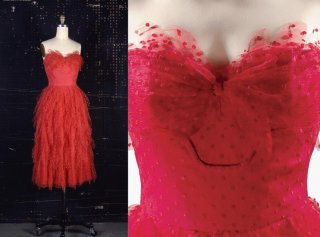
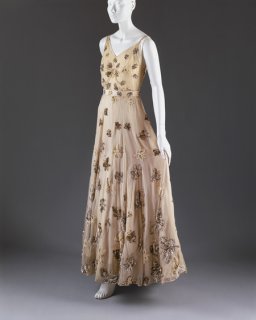
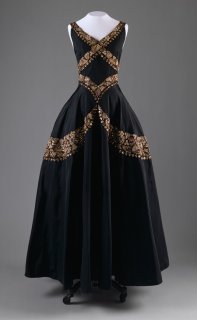

![corset_b[1].jpg](https://thefashionspot-data.community.forum/attachments/529/529791-6fa8472a5b6f5acf59412c2822a02b96.jpg)
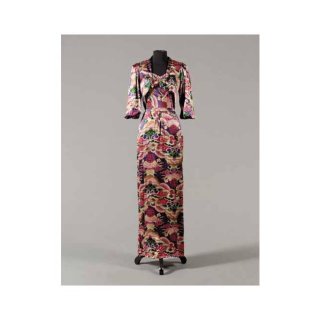







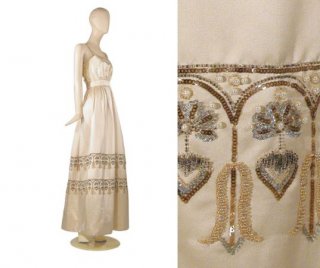
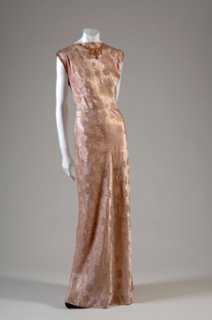
 Perhaps the name Mainbocher is owned by the same entity as Vionnet, but they are not doing anything with Mainbocher these days?
Perhaps the name Mainbocher is owned by the same entity as Vionnet, but they are not doing anything with Mainbocher these days?